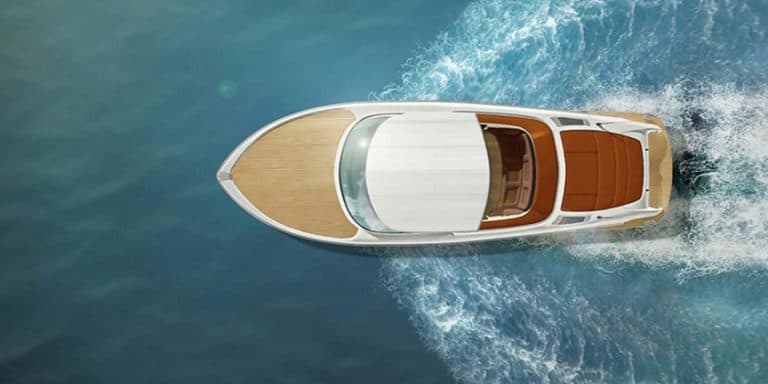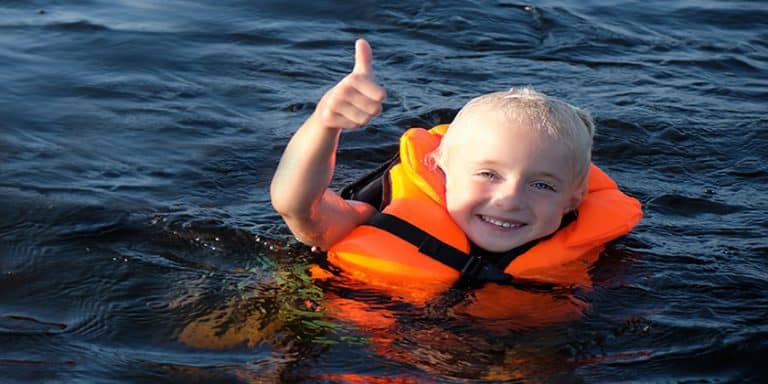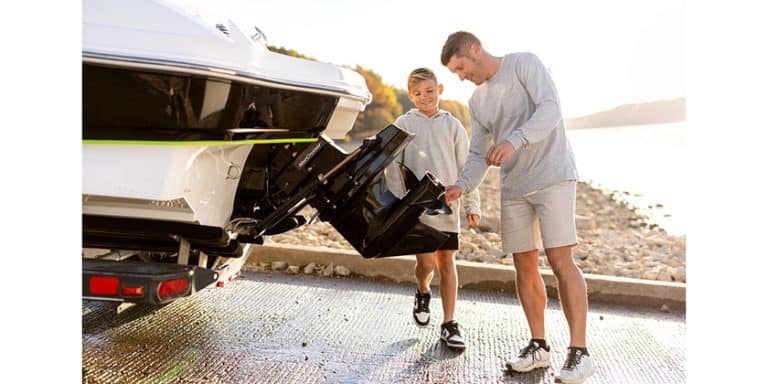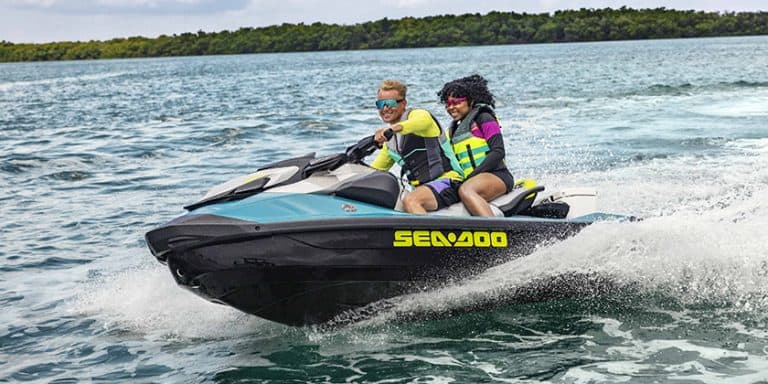Lighting the Way
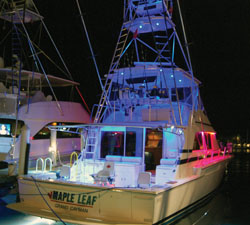
So, who’s afraid of the dark? Well, some boaters should be. We were surprised to walk down the docks at one of Georgian Bay’s popular marinas and found that as many as one boat in five didn’t have a bow mounted spot.
How often have you seen the weather settle down, the clouds part and the winds die down to give you an evening of beautiful, calm, sunset cruising conditions?
Where I live, it’s pretty common. The best parts of the day often seem to be early morning and late evening, but isn’t it true that most of us do our boating right in the middle of the day?
Another observation is that, normally, the boats are all back safe in their slips, tied up, zipped up and left for the night, long before dark. I think that is a waste of what often is some of the nicest cruising conditions you’ll see all summer. But, I do appreciate that many boat owners are uncomfortable putting the boat away in the dark.
Nobody wants to trip and fall; that would be a major safety issue. And, you wouldn’t want to drop something valuable into the water in the dark, or have a close encounter with anything while docking. In fact, it seems like just being out on the water after dark may be uncomfortable enough that people are willing to sacrifice those glorious evening boating hours.
A more serious side to lighting the way is the important safety aspect of having good emergency lighting onboard. What if something or someone gets lost in the water in the dark? We think it just makes good sense that every boat ought to have a high-powered light, ready to go.
We contacted several suppliers of marine lighting products and asked if there were any issues around search lights and emergency lighting. We learned that the main problem with remote control spotlighting is lack of use.
With remote control lights, the control motors can corrode and seize up, contacts can corrode, wires can vibrate loose and bulbs can fail.
The truth is that most remote control spotlights are ignored for most of their lives and only used when they are really needed. Then, it’s no good to find the light does not work properly. We interviewed John Smith at ACR Electronics and they came up with a neat solution about six years ago. The company developed an “exercise feature” that automatically runs the light and control mechanism, eliminating the human element. The reflector is activated, the light is rotated 360 degrees and the mechanism self-lubricates as it goes.
There are a few other things to mention here. If you are installing a remote spotlight, follow the instructions. Some people have mounted their lights upside down under an arch or an overhang hoping this will protect the light. In fact, through condensation and airborne salt, you can’t prevent water intrusion but most lights have a drain hole. Upside down mounting traps water inside and greatly shortens the life of the spotlight.
Galvanic corrosion is also a potential issue so nylon washers must be used along with the proper, supplied mounting hardware. If you have a big boat, and we mean anything over 21 feet, it’s a great idea to get a bow-mounted spotlight with remote control. They start at under $300 – not a big investment considering the benefit.
For smaller boats, a high-powered, hand-held spotlight is a must but even if you have a remote spotlight, the handheld models offer the great benefit of flexibility to illuminate the side, an engine room, or other unexpected place. Ideally, a larger boat should have both a remote and a handheld light to cover all needs and as a back-up in case ofa blown bulb, etc.
It goes without saying that your running lights should be on your pre-departure checklist. Make sure all are working before you set out, just in case you find yourself on the water in the dark. Keeping replacement bulbs and fuses onboard is important too. Those little bulbs corrode and burn out easily.
Lately, more and more boaters are looking into marine LED lighting, including running lights. We talked to Luxor Marine and learned that they have LED replacement lights for many marine fixtures.
With the latest LED replacement bulbs, depending on the fixture, you may be able to replace an incandescent bulb and get equal or sometimes, even more actual light. They are more expensive but they become much more competitive when you consider the long life span. Adding to that value may be the fact changing a bulb in some ceiling or awkwardly located valence fixtures can be very difficult so the reliability is worth the price.
LED technology is changing rapidly and performance levels are becoming better understood. LED lights now enjoy better colour control through the development of phosphors to alter the colour and LEDs give off very little heat so they can work safely in very confined spaces. They are also very durable and not only last a very long time, but are highly vibration resistant, so they are excellent in running light applications.
Again, thinking about safety onboard during darkness, LED cabin lighting not only generates much less heat than incandescent bulbs but also draws significantly less power. This means you can run the lights with less concern about draining the batteries. We especially like to see foot lighting onboard where floor levels change, down stairs and especially where people step onboard.
Using an LED anchor light is a no-brainer. Any light that has to be on all night has to be reliable and economical as well. LED anchor lights are big winners that way.
One last area where it’s important to light the way is on the dock itself. If your boat is large enough to have a roof or arch, consider investing in spreader lights. These can illuminate the whole cockpit and swim platform as well as part of the dock.
West Marine and other chandleries carry some very useful dock lighting products. As long as the marina or yacht club agrees to you installing them, there are several solar powered lights available for greatly increased safety.
There is a full range of solar solutions to illuminate docks, decks, walkways and landings without the expense and maintenance of wiring. West Marine offers a set of 4 solar-powered LED lights for under $100 that provide up to 10 hours of illumination after exposure to only 4-5 hours of sunlight. These are fully automatic with go-on-at-dusk operation so that your area of the dock is lit when you arrive without any wiring or having to switch the lights on.
Lighting the way is an important safety factor and while there is a cost, it seems to us, a small price to pay for more boating time!
By Andy Adams

